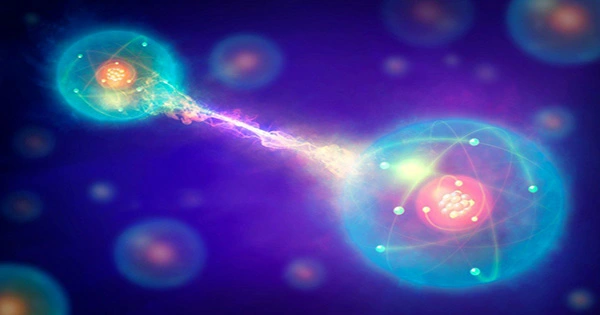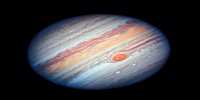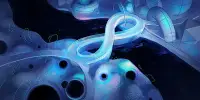For decades, scientists have been interested in the phenomena of sonoluminescence. It’s the name given to what happens when a bubble in a liquid implodes after being agitated by sound, releasing light with the same energy as the Sun’s surface. The exact mechanics underlying this process are unknown, but current study suggests that it is quantum in nature. Sonoluminescence isn’t limited to laboratories; the strange mantis shrimp can produce it with its claws. The photons – light particles – released by this single bubble implosion have the necessary signature to be consistent with a quantum process, according to a new preprint publication that has yet to be peer-reviewed.
“In the world, there are three types of lights. “They’re either lasers, which take a long time and a lot of energy to make, or they’re thermal, which is the light we generally receive from the Sun, tungsten lamps, hydrogen lamps, and so on, or they’re quantum,” said senior author Ebrahim Karimi of the University of Ottawa in Canada. The researchers used three distinct settings to explore single bubble sonoluminescence. They discovered that the photons are linked and that their emission, when studied, looks nothing like what one would see from a laser source or a more standard thermal emission.
“We noticed that photons arrive in a precise pattern. And this particular statistic is referred to be sub-Poissonian,” Karimi told IFLScience. “And this is proof that this phenomenon is quantum in character, totally quantum in nature, with no classical parallel.” The classical electromagnetic understanding of light is used to describe lasers and thermal light sources. However, in the classical world, sources with a sub-Poissonian distribution have no analogue.
For a variety of reasons, this discovery is quite intriguing. It sheds light on the riddles that remain surround sonoluminescence. However, as the team hopes to investigate, it could also give a less expensive and simpler technique to generate a quantum light source. Karimi believes that the photons created are entangled pairs, which implies that no matter how far away they are, each couple forms a single quantum state. If this is the case, their next probe may uncover it. If this is accurate, and the sonoluminescence can be reduced to only a few entangled photons, it might be tremendously beneficial in a variety of different scientific experiments that currently require expensive lasers and light equipment.














